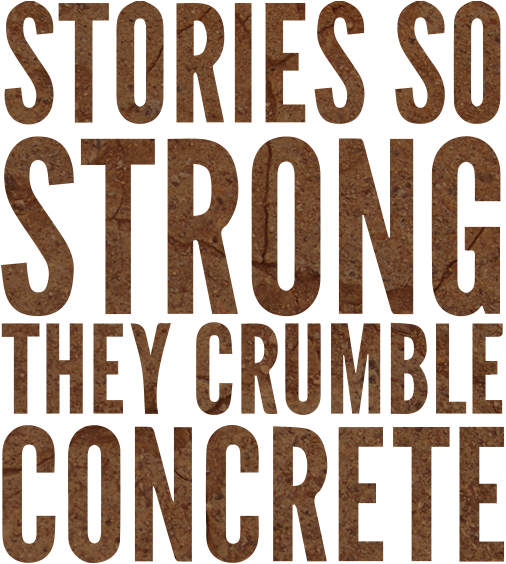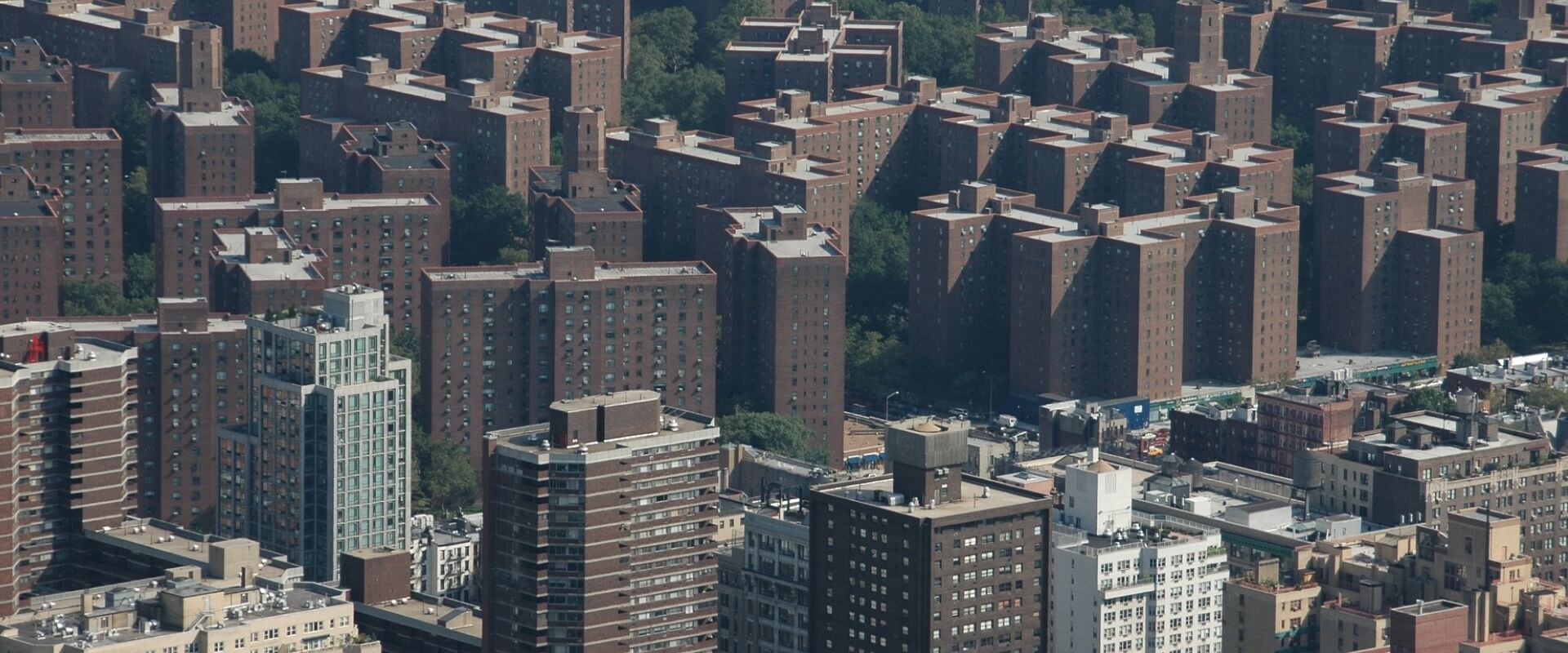Activism and Social Justice: Inside and Outside
Alabama represents the answer to a clarion call. This is a call that speaks to us in our own voice; clear, loud and urgent. A voice that speaks to our identity and emanates from the soul, ringing true both in the head and the heart. Our objective is a collective one,continuing in that vein, as we gathered fifty people from across the nation to engage in a conversation about the need to build a Formerly Incarcerated and Convicted People’s Movement. We understand and declare very clearly: the criminal justice system does NOT work. It is no more than a destructive force in our communities now and for future generations. Fifty formerly incarcerated and convicted organizers came with a dedication and commitment stating that this was our time.
We were not deterred by our inability to raise the entire budget to fly, feed and house people in Alabama for three days, nor were the few dozen supporters who found their own means to be present for this historic moment. As activists, we have been to our share of conferences and rallies, yet before many of us left our homes, we knew this invitation was different. And we readily subsidized our own fight for restoration of our own civil and human rights. The first exercise was to introduce ourselves to each other not simply by our names or the many great struggles that we were currently engaged in, but by who we embraced as our heroes.
We wrote our names and the name of our hero on a piece of paper and we taped those to the front of the table where we sat. We were quickly able to see theright people were in the room. We participated in designing a historical time line and this practice drew us closer to discovering our common history, something uniquely ours as incarcerated, formerly incarcerated and convicted people.
Knowing where we came from made it easier to find our vision. We agreed to accept as our vision “The Fight for the Full Restoration of Our Civil and Human Rights.” The concept and construction of a movement requires a vessel large enough to hold us all, and steering a vessel of this scale requires a crew of many navigators and leaders. Agreeing on a vision was an essential and amazing accomplishment in light of the fact that time was short, and with so many leaders in the room egos could easily have gotten in the way. We agreed to maintain the structure that propelled us to this point.
However, we needed to enlarge the steering committee to seriously consider setting a national agenda. Twenty people volunteered to join the steering committee, providing us greater diversity in both geography and gender. We decided we would do regular conference calls to move forward with the agenda and coordinating the Los Angeles convening. The Steering Committee planned to kick off the beginning of this Movement by walking across the Edmund Pettus Bridge, in Selma. Days before any of us hopped in a plane, bus, train, or car, we were informed that we would have stay on the sidewalk if we were going to march across the bridge.
Over 247 people called the mayor of Selma and let him know we were coming to march over the bridge, and not on the sidewalk. Some of us consciously considered going to jail again, and some of us even emptied our bank accounts just in case we needed bail. We didn’t anticipate Mayor George Evans of Selma would ask to speak with us after our march, or agree to read our statement at the 46-year Jubilee marking Bloody Sunday. Nor did we anticipate that our march across the bridge would be headlines on one of the largest papers in Alabama, with over twenty photos online. Our own Tina Reynolds was photographed carrying a sign proclaiming that “Democracy Starts At Home.”
We should be allowed to vote and exercise our civil rights regardless of where we live in the United States. Our visit to the state capital in Montgomery is a testament to the power of unity. While standing on the stairs of the Capital building we were introduced to, and had a short conversation with, Alabama Chief Justice Sue Cobb-Bell. The Chief Justice explained the serious effort underway to rewrite the criminal code and reduce the prison population by 3,000. Once inside, we were led into a conference room where we met Rep. John Rogers, the head of the Alabama Black Caucus. After a spirited discussion about pressing issues, we were ultimately promised a community forum of which we would take part in choosing the community organizations to participate. We were also promised that key elected officials, including the governor, would be present at the forum. We would be remiss if we did not acknowledge the work and support that our host organization, The Ordinary People Society (TOPS), put into our initial organizing.
On a side note: TOPS was seriously respected by prominent members of the Alabama legislature, who pledged their support to this struggle, and prominent officials in both Selma andMontgomery. Meanwhile, our Allies were honing their own efforts, such as supporting those organizations on our side (and inspiring those who should be), and creating more spaces for our voices to be heard. They are committed to recognizing our priorities and helping us create the tools for our organizing efforts. Last but not least, we want to thank everyone who attended and wrapped their heads around the bigger picture of Movement and a larger agenda. As a collective we all committed to something bigger than each of our own organizations or individual work. We took action and decided to organize through Regions represented by our expanded Steering Committee. Regional caucuses will facilitate closer collaboration in our areas, and we will build a movement on one accord, as a collective committed to “The Fight for Full Restoration of our Civil and Human Rights”. Let us keep moving forward, and share this document with people we believe should know and participate in our common efforts to build a Movement.
Let people know about the goal to meet in Los Angeles- November 2nd, 2011. We have recognized these dates/weeks for actions, meetings, and solidarity. We call on our members to take part in order to raise our capacity, profile, and build a Movement: March 29th April 23rd May 21st (Riverside Church), May 28th (Solidarity w/ Georgia Prison Strike) June 17th (40th Anniversary of Drug War) Aug. 21st (40th Anniversary of San Quentin Uprising) Sept. 29th (40th Anniversary of Attica Rebellion). On June 23rd-26th is the Allied Media Conference in Detroit. There is an entire track of workshops focused on the Prison Industrial Complex, and members of the FICPM will be participating. This is an excellent opportunity for those who can attend.
Sincerely,
Formerly Incarcerated & Convicted People’s Movement Steering Committee.




